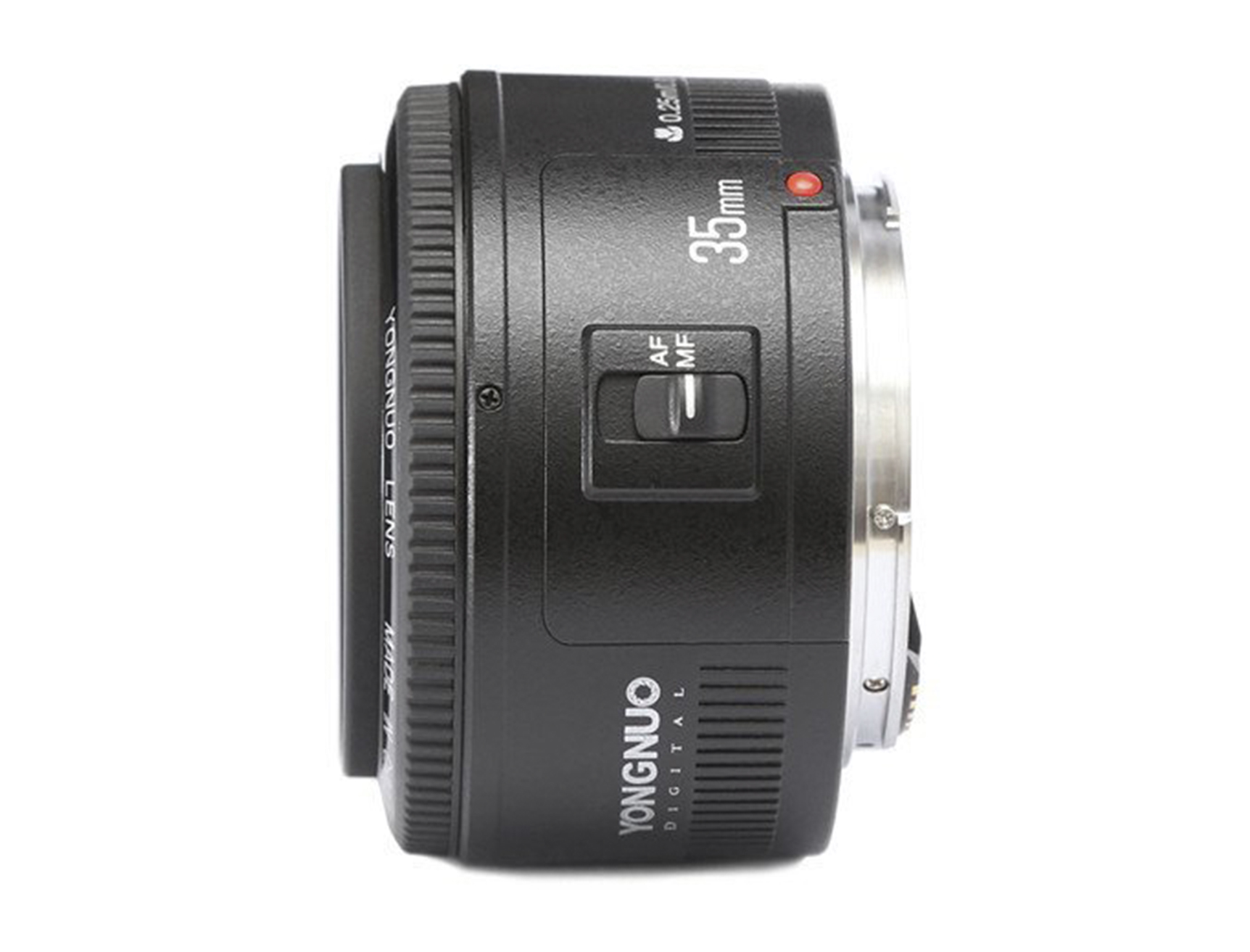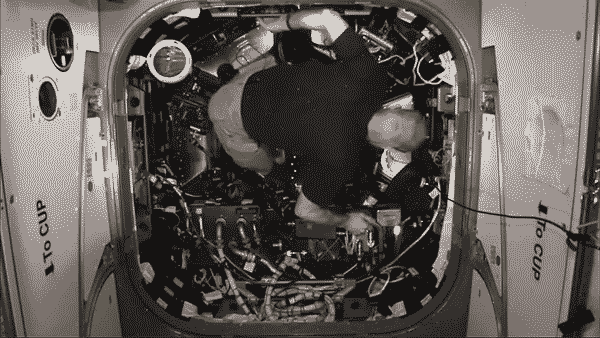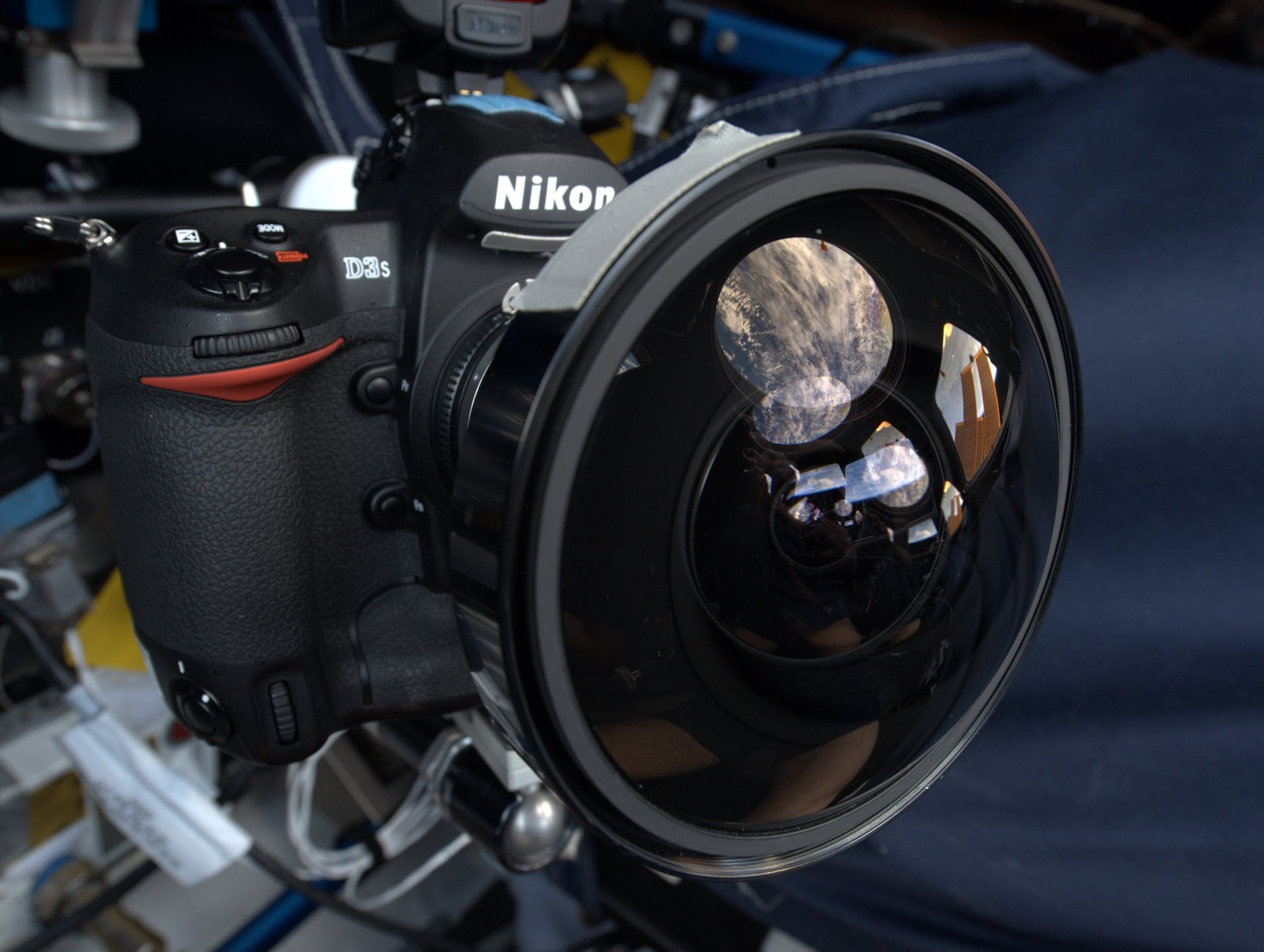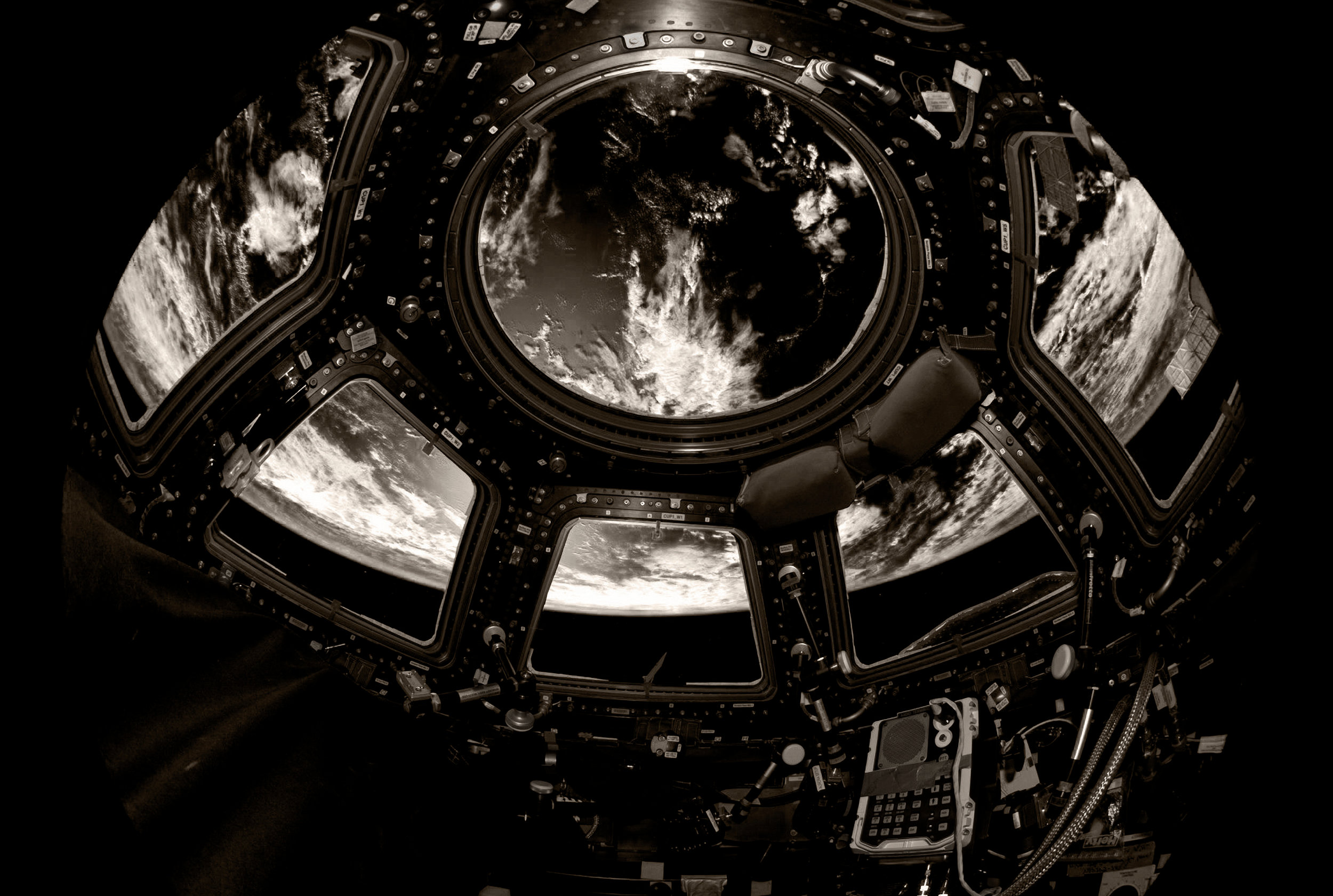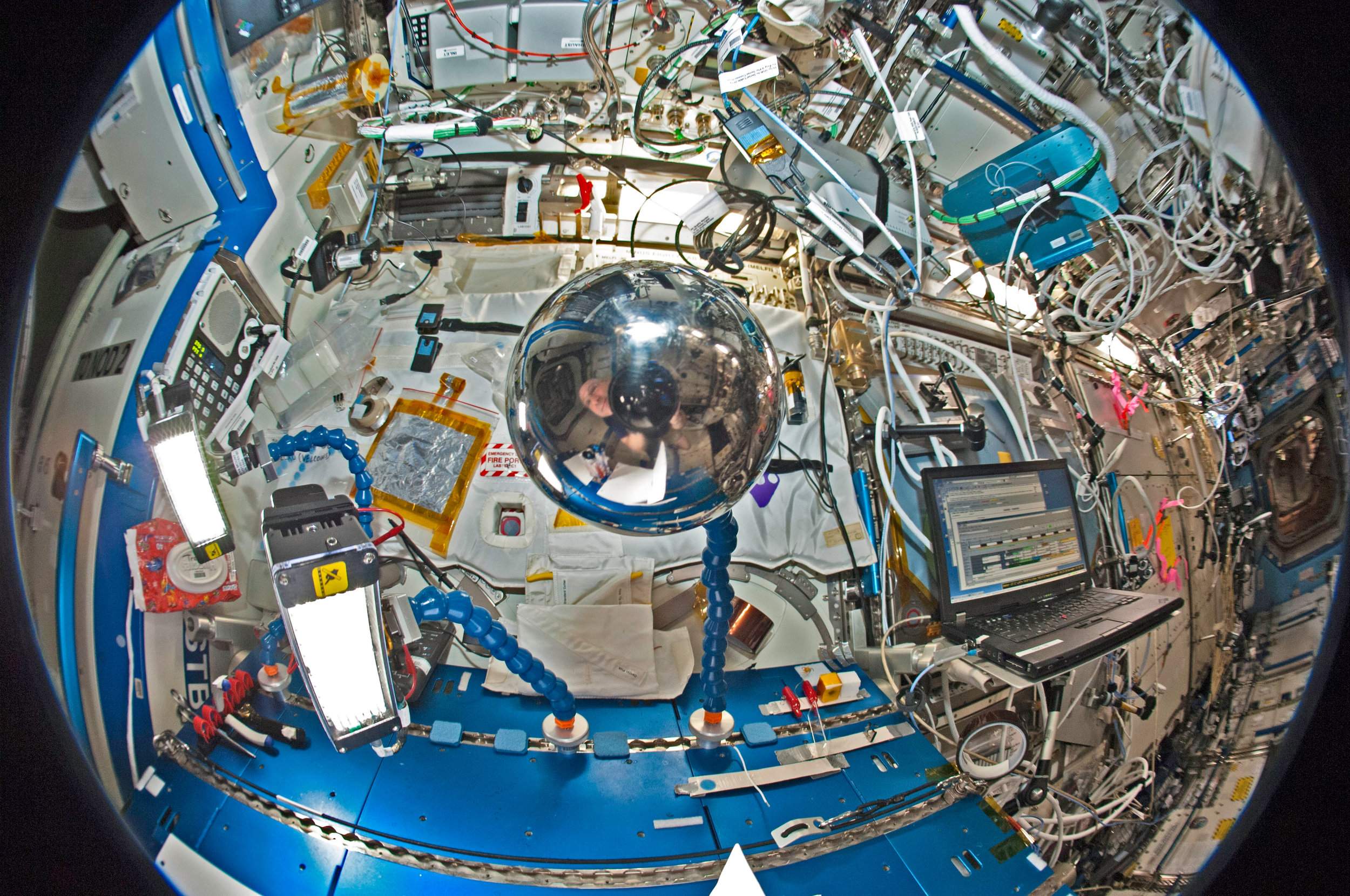For those who already have an understanding that the sensor size of your camera affects the effective field of view of a lens, here are some charts, tables, and other visuals to help you calculate the 35mm…
Read MoreLenses
Afghan Girl & the Nikon FM2

One of the most well-known photos of our time is that of the 'Afghan Girl'. Taken by photographer Steve McCurry while on assignment for National Geographic in Pakistan in 1984. McCurry captured the…
Read MoreTIME Magazine's Best iPhone Photos of the Year
Like it or not, there has not been such a movement in photography since the Kodak Brownie in 1900 as the iPhone; or iPhoneography. TIME Magazine's best iPhone photos of the year have been revealed….
Read More222 Photography Tips and Tricks
Sony A6000 vs Everything

With news of a Sony A6000 predecessor coming mid-June, two things come to mind for current A6000 fans. One, it's time to buy the latest and greatest; and two, a price drop on the current model only…
Read More5 Absurdly Luxurious Special Edition Leica Cameras

If Leica wasn't already the pinnacle of luxury digital and film cameras, here's a set of special edition Leica cameras that will leave you checking the blue book value on your car. Enjoy!
Read MoreLooks Achieved with Different Types of Camera Lenses
In this article we will take you out of the studio and into the real world, simply trying to find the best shot for each lens type. If you don't yet know difference between an 18mm and a 50mm, read on.
Read MoreWill the Next iPhone Be the First Phone With Optical Zoom?
First reported by AppleInsider, Apple has been working on a patent implementing the potential for both wide angle and telephoto lenses into their phones.
Cell Phones & Digital Zooming
In a post earlier this week titled "Types of Digital Cameras Explained, What’s the Difference?", we detailed camera types from cell phones to large format cameras. The first outstanding feature lacking in cell phone cameras is the ability to optically zoom or even have a prime telephoto focal length.
Optical Zoom vs Digital Zoom
A camera or lens that features an optical zoom, means that physical lens elements and/or groups are internally moving, changing the focal length. An image captured in this manner uses the full capacity of the camera's sensor to capture a more narrow field of view, giving you a zoomed image.
A digital zoom is nothing to brag about, in fact it is hardly a feature at all. A digital zoom is when a camera's processor simply enlarges your normal non zoomed image. The picture quality from zooming in on your iPhone is the same as if you take an image without zooming, and then crop in on it later.
So while optical zooming and digital zoom seem similar by they name, the results in image quality of the two really do not compare.
Can You Fit a Zoom Lens into an iPhone?
Probably not. At about 7mm thick, the iPhone likely has no room for more moving lens elements. If Apple were able to pull this off, I imagine the small change in focal length possible would not be worth the trouble.
Dueling Lenses
With all the requirements for a zoom lens considered, it's probable the answer lies in a Dual Lens System, that's actually not a zoom at all.Rumors of Apple working on a dual lens system first came out late last year. Suspicions are that it may first be seen in the iPhone 6s if not the iPhone 7.
Possible iPhone Telephoto Lens Specs
The secondary lens will likely be a fixed telephoto focal length around 50mm with a slightly higher aperture ratio than the current f/2.2.
Pixel Size, sensor Size, & Crop Factor
Current pixel size on the iPhone sensor is 1.5 µm. The patent calls for use of sensors with 1.2 µm diameter pixels or smaller.
A secondary sensor matching the megapixel resolution of the first, but with smaller pixels, means an overall smaller sensor. Smaller sensors mean larger crop factors, giving images lenses telephoto characteristics by narrowing the field of view.
Doing nothing more than taking the existing iPhone 6 camera system and shrinking the pixels by 0.3 µm would give the effective focal length of about 43mm compared to the current 29mm.
With a slight change in optics and the reduction in sensor size, it's very possible that the new iPhone will feature a fixed 50mm lens in addition to the familiar wide angle 29mm lens.
Looks like we're going to need a longer selfie stick!
View more on the contents of the patent at AppleInsider.com
Budget YongNuo 35mm f/2 Lens for Canon Announced
YongNuo a longtime photographic equipment manufacturer released their first camera lens last month, the sub $70 YongNuo 50mm f/1.8. This lens is a direct competitor and nearly a carbon copy of the 'Nifty Fifty' Canon 50mm f/1.8.
As recent rumors suggested, YongNuo has now released a second lens, the 35mm f/2 lens for the Canon EF mount.
YongNuo 35mm f/2 | $122.00
Focal Length: 35mm Maximum Aperture: f/2.0 Minimum Aperture:F/22 AF & MF Modes Lens Structure :5 Groups, 7 Elements Min. Focusing Distance:0.25m / 0.8ft
The YongNuo 35mm f/2 is at first sight, a rival to the current $550 Canon 35mm f/2 IS. Though with a lack of image stabilization in the YongNuo, a more accurate comparison would be to the original Canon EF 35mm f/2 which also lacks IS.
Being that the non IS Canon 35mm is now discontinued, it can be had used for about $300 and up.
What lens would you like to see next from YongNuo? Comment below!
Inspirational Images from a NASA Space Photographer
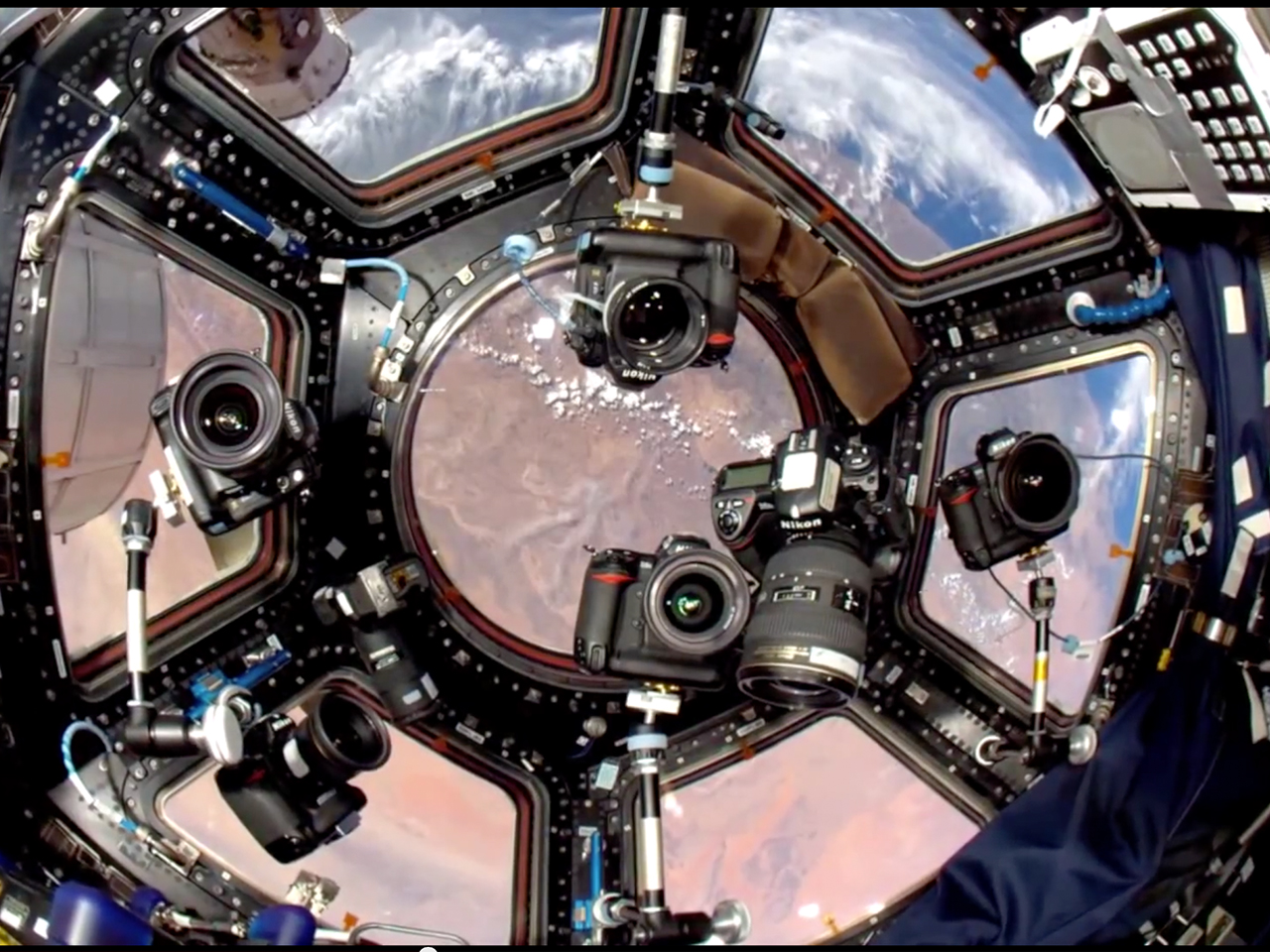 Today, Wednesday the 22nd of April, marks the 45th year of Earth Day. A day dedicated for support of environmental protection. In celebration of Earth Day, let's take a look at our planet through the eyes of an astronaut and photographer.
Today, Wednesday the 22nd of April, marks the 45th year of Earth Day. A day dedicated for support of environmental protection. In celebration of Earth Day, let's take a look at our planet through the eyes of an astronaut and photographer.
Donald Pettit is an American chemical engineer and NASA astronaut. With seven missions to space and two long stays aboard the International Space Station, Donald gives us and inspirational insight into the vast possibilities of seeing things differently.
NASA Space Photographer: Cupola Frontier
[embed]https://youtu.be/MLBybip7SuU?t=29s[/embed]
Time-lapse Earth from Space & Aurora Borealis
[embed]https://youtu.be/rwt3kMivZk4[/embed]
More Awesome Space Pictures from Donald Pettit
For more images visit Don's SmugMug Photo Gallery.
A Case for Street Photography with A Telephoto Lens
Getting close without breaking the candid relationship with your subjects can be extremely difficult. A skilled street photographer will find the composition, adjust settings, get close, frame the shot, capture…
Read MoreCanon 100-400mm II Video Roundup: Reviews, Specs, & More
Canon EF 100-400mm f/4.5-5.6L IS USM II |
Buy Now: $2,199.00
EF Mount L-Series Lens 3 Mode Optical Image Stabilizer Internal Focus Ring-Type USM AF Motor Weather-Sealed Design One Fluorite and One Super UD Element Air Sphere and Fluorine Lens Coatings Rounded 9-Blade Diaphragm
A long-reaching telephoto zoom characterized by a sophisticated optical design and advanced image stabilization technologies, the Canon EF 100-400mm f/4.5-5.6L IS II USM Lens is part of the esteemed L-series developed for full-frame EOS DSLRs. One fluorite element and one Super UD element have been incorporated into the lens' construction, and both help to reduce aberrations and distortions throughout the zoom range in order to deliver notable clarity, image sharpness, and faithful color reproduction. An Air Sphere Coating has also been applied to lens elements in order to reduce lens flare and ghosting for more contrast-rich imagery. Benefitting the optical components of the lens, a four-stop effective Optical Image Stabilizer helps to minimize the appearance of camera shake and can be dedicated to different styles of shooting. Furthermore, a redeveloped rotation-type zoom ring pairs with an internal focusing mechanism, and an Ultrasonic Motor, to deliver quick and intuitive handling to benefit handheld shooting. Positioned as a versatile option for sports and wildlife photographers, this lens' list of attributes make it a viable telephoto zoom for a variety of shooting applications. [s]
Canon 100-400mm II Quick Look
[embed]https://youtu.be/IsCGQWjOBbE[/embed]
Hands on review, Canon 100-400mm II
[embed]https://youtu.be/onqanHeXqlA[/embed]
Review & Sample Photos, Canon 100-400mm II
[embed]https://youtu.be/RryIJd8zYgU[/embed]
Canon 100-400mm II vs TAMRON 150-600 VS Sigma 150-600 Sport vs Canon 400 f5.6
[embed]https://youtu.be/lgurGidoSJs[/embed]
Lens Review, Canon 100-400mm II
[embed]https://youtu.be/kJIIuzdWJDQ[/embed]
Canon 100-400mm II Video Sample, Gulfstream g650 Landing
[embed]https://youtu.be/P0YZu3PlgQc[/embed]
HANDS ON REVIEW, CANON 100-400mm
[embed]https://youtu.be/ZJZ-2aDZ59g[/embed]
Canon EF 100-400mm f/4.5-5.6L IS USM II Full Specs
Performance
Focal Length
100 - 400mm
Aperture
Maximum: f/4.5 - 5.6
Camera Mount Type
Canon EF
Format Compatibility
35mm Film / Full-Frame Digital Sensor
Angle of View
24° - 6° 10'
Minimum Focus Distance
3.2' (97.54 cm)
Magnification
0.31x
Elements/Groups
21/16
Diaphragm Blades
9, Rounded
Features
Image Stabilization
Yes
Autofocus
Yes
Tripod Collar
Yes Removable - rotating
Physical
Filter Thread
Front:77 mm
Dimensions (DxL)
Approx. 3.7 x 7.6" (93.98 x 193.04 mm)
Weight
3.5 lb (1.59 kg)
Shipping Info
Shipping Weight
5.3 lb
Box Dimensions (WxHxD)
7.4 x 7.2 x 12.5











